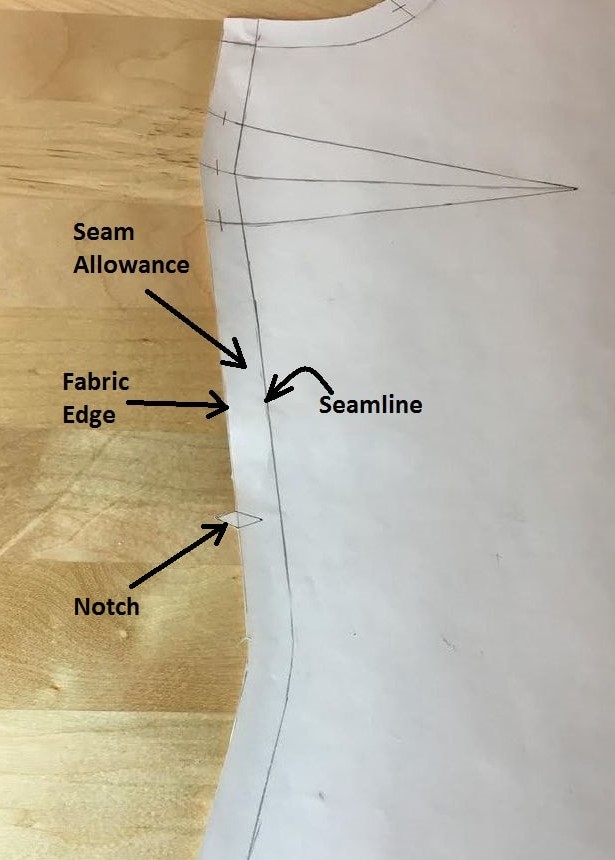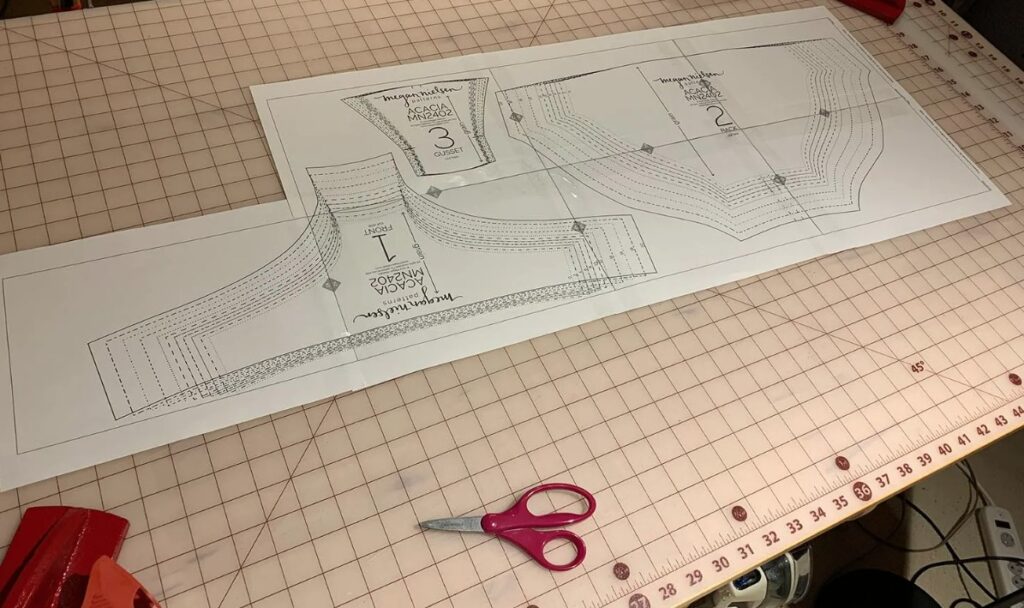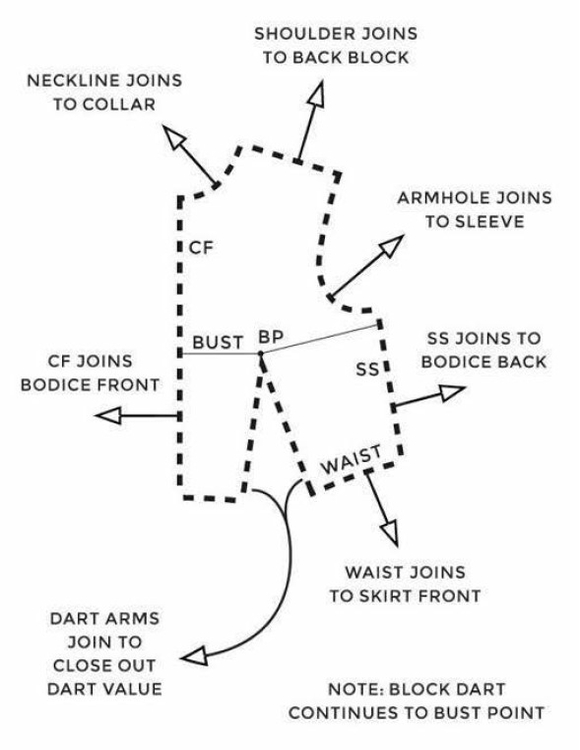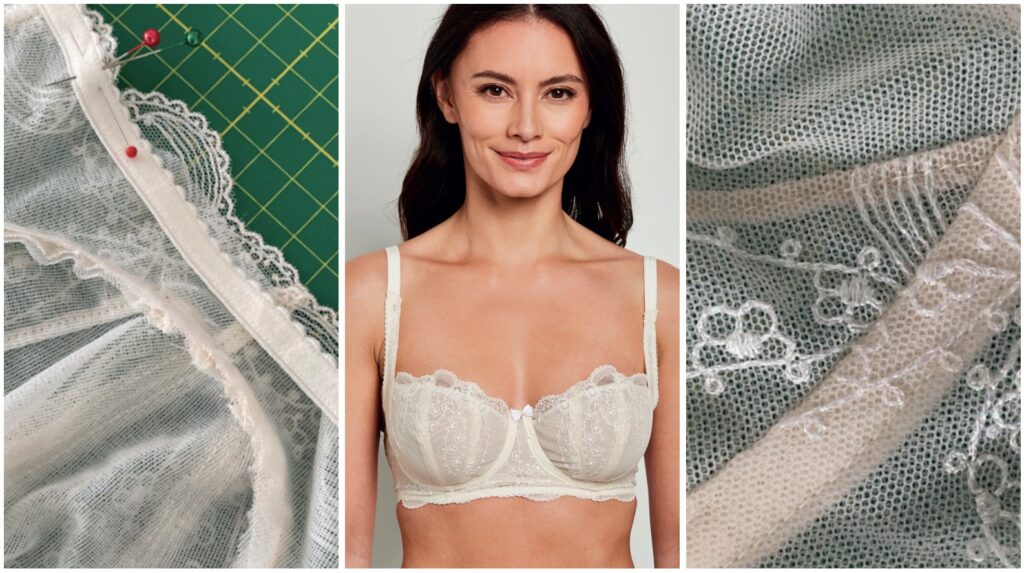
PATTERN PERFECTION
Seam Allowance Essentials: Crafting Intimate Apparel for a Flawless Fit
Welcome to another insightful chapter in our journey of crafting exquisite intimate apparel. Today, we’re delving deep into the crucial world of seam allowance; an indispensable aspect of pattern making that can make or break the fit of your creations. Whether you’re a start-up venturing into the intimate apparel industry or a seasoned entrepreneur refining your skills, understanding seam allowance is tactical to achieving that flawless fit we all desire. So, let’s stitch up some knowledge and get those patterns ready!

WHAT IS A SEAM?
Let’s start at the basics. A seam is the stitching line where two pieces of fabric join together, forming the foundation of your garment. This seam line, also known as the stitching line or seam allotment, is the Holy Grail for pattern makers as it defines the actual fit of the garment. Beyond this line lies the extra fabric for constructing the seam.


MEET SEAM ALLOWANCE
Now, what exactly is seam allowance? It is the additional border of fabric beyond the stitching line that facilitates the joining of fabric pieces without compromising the garment’s fit. Picture it as the crafting space that allows your creation to come to life.
By tracing your block onto paper, adding a border of seam allotment, and voila! Your block transforms into a pattern with enough room to be cut and sewn into a beautiful garment. Remember, this allowance is your construction space, not actual garment space. The real magic happens within the stitching line.
DETERMINING THE RIGHT SEAM ALLOWANCE
For those new to sewing and pattern making, the burning question is often, “How much allowance do I need?” Fear not! Instead of memorizing a hundred measurements, consider a few broad rules:
- Fabric Type: Consider the fabric’s nature, especially how much it frays. Fabrics prone to fraying may need special attention to prevent them from falling apart.
- Machine Type: The choice of machine e.g., Santoni Seamless Knitting also influences your seam allowance. Some machines are optimized for specific seam widths.
- Seam Shape: Is your seam straight or curved? Narrower allowances work better for curved seams, reducing bulk and making sewing more manageable.
- Fit Adjustments: Leave room for alterations, especially in areas like hems. A well-thought-out seam can save the day during adjustments.
SEAM FINISHES: THE UNSEEN ARTISTRY
A seamless garment not only looks good but feels good too. Seam finishes, the methods used to tackle raw fabric edges, are your secret weapons. From bindings to overlockings, French seams to lapped seams, choose a finish that complements your fabric and design.

SEAM ALLOWANCES GUIDELINE: FINDING YOUR SWEET SPOT
Most seam allowance values fall between 6mm and 1.5cm. Here’s a rough guide:
- 6 mm (approx. 1/4″): Small seam allowance.
- 1 cm-1.2 cm (approx. 1/2″): Average seam allowance.
- 1.5 cm (approx. 5/8″): Large seam allowance.
Remember, these are general guidelines. Testing your chosen values on your fabric is crucial for the perfect fit.
CONSISTENCY IS KEY: THE GOLDEN RULE
Consistency is the golden rule in the fashion design world. Stick to guidelines and set values that are easy to use consistently across your garment. Whether its 6 mm for one seam, 1 cm for another, or 4 cm for hems, make sure the differences are clear. Consistency ensures easy reading, checking, and accurate garment construction.

Seam allowance is more than just a technicality; it’s the invisible thread that weaves the fabric of your intimate apparel. By mastering this art, you empower yourself to create lingerie that not only fit flawlessly but also stand out in the competitive world of intimate apparel design. Stay consistent, stay creative, and let your passion for crafting beautiful lingerie shine through every stitch. Happy crafting!
